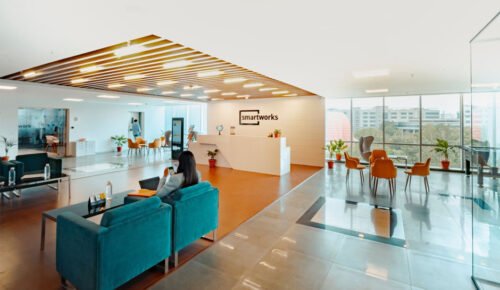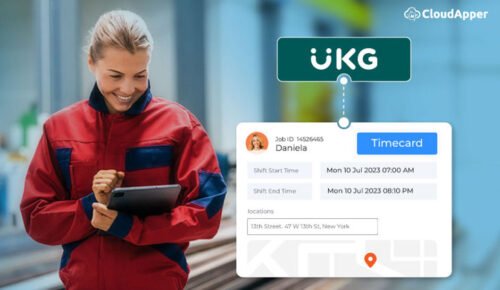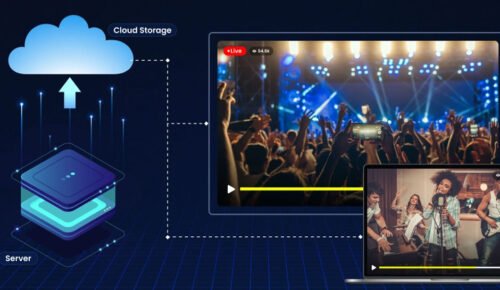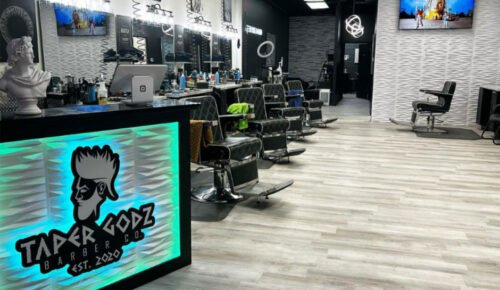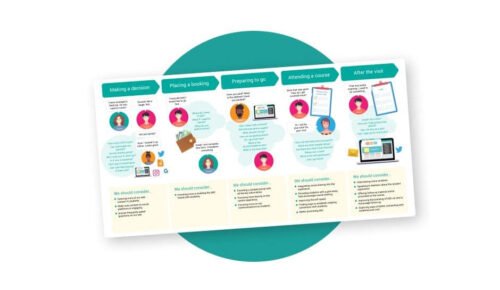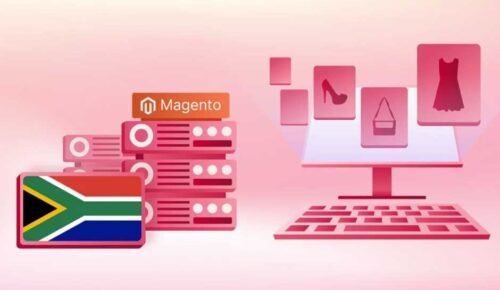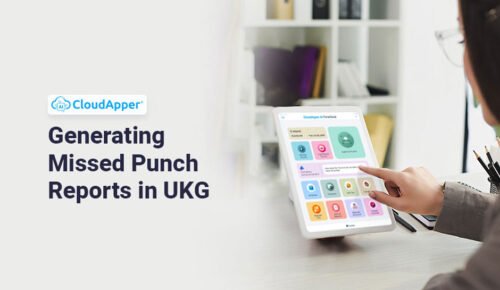In today’s business world, keeping employees on board is a concern for companies. When turnover rates are high, it can impact productivity, team spirit, and the company’s financial health. This is where SaaS onboarding software steps in.
This technology can greatly enhance employee retention rates by simplifying and automating the onboarding process. In this article, we will delve into how SaaS onboarding software can benefit employees and organizations.
Streamlining Onboarding Procedures:
Ensuring that new hires quickly adapt to their roles is vital for their success in a company. Conventional manual onboarding methods can be time-consuming and ineffective. Yet, with SaaS onboarding software, businesses can automate tasks like filling out paperwork, training sessions, and managing HR documents. This not only saves time but also offers new employees a smoother introduction.
Tailored Onboarding Experience:
Every employee is distinct, with backgrounds, skills, and ways of learning. Standardized onboarding procedures may not effectively address these requirements. However, SaaS onboarding software enables organizations to customize content based on job roles or departments. From greetings to training materials tailored to each department’s needs, this software ensures that new hires receive information suited to them.
Engaging Media Content:
Utilizing multimedia during onboarding can significantly improve employee involvement and comprehension of company culture and values. With SaaS onboarding software, companies have the chance to include videos, interactive quizzes, virtual tours of office spaces, endorsements from staff, and other captivating content in the onboarding procedure. This diverse media strategy not only fosters a connection with company culture but also aids in retaining crucial information for new employees.
Continuous Learning Opportunities:
Effective employee assimilation extends beyond the onboarding phase. Continuous learning opportunities play a role in maintaining employee engagement and interest in their roles over time. Leveraging SaaS-based solutions like learning management systems (LMS), organizations can provide training programs that facilitate skill development and career advancement for employees within the organization. This approach not only enhances employee contentment but also improves retention rates by ensuring employees remain motivated and satisfied in their positions.
Automated Performance Tracking:
Monitoring an employee’s performance and progress is essential for their success within a company. SaaS onboarding software equipped with performance tracking functionalities enables employers to assess hires’ performance. This capability helps identify any indicators of underperformance or areas where additional assistance may be required. By identifying and addressing these issues at an early stage, companies can take steps to help employees realize their full potential and build confidence in their roles.
Real-time Feedback and Communication:
Interaction between supervisors and staff members is key to establishing connections and nurturing a supportive workplace culture. SaaS onboarding platforms often offer tools that facilitate feedback and communication. Whether it’s through messaging systems, virtual meeting spaces, or shared project management tools, these features promote communication among team members, managers, and new team members.
Improved Access to Resources:
Having access to information is vital for empowering and engaging employees. SaaS-based onboarding solutions consolidate resources like company policies, FAQs, training materials, document templates, project management tools, and collaboration platforms into a user interface. By offering access to these resources anytime and anywhere, organizations ensure that employees have the support for success.
Tailored Onboarding Experience:
The onboarding process plays a role in shaping an employee’s journey within a company. A personalized and memorable onboarding experience can greatly influence employee retention rates. Software for onboarding in the SaaS realm offers features that can enhance onboarding, such as incorporating gamification, virtual reality simulations, and interactive challenges. These creative methods do not make onboarding more interesting. It also helps new employees feel valued and enthusiastic about joining the company.
Data-Driven Decision Making:
One of the benefits of utilizing SaaS onboarding software is the capability to gather and analyze data concerning employee performance, engagement with training materials, and overall satisfaction levels. By using this data, companies can make informed decisions to improve their onboarding procedures continually. For instance, organizations can adjust or enhance those areas if analytics reveal completion rates for training modules or feedback indicates confusion about specific topics.
Conclusion:
SaaS onboarding software has transformed how businesses approach employee assimilation. It simplifies the onboarding process while offering personalized experiences tailored to each individual’s requirements and enhancing engagement through multimedia content. Moreover, automated performance monitoring paired with real-time feedback mechanisms enables organizations to effectively assist hires throughout their journey, starting from day one.




